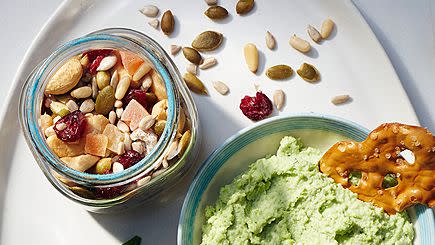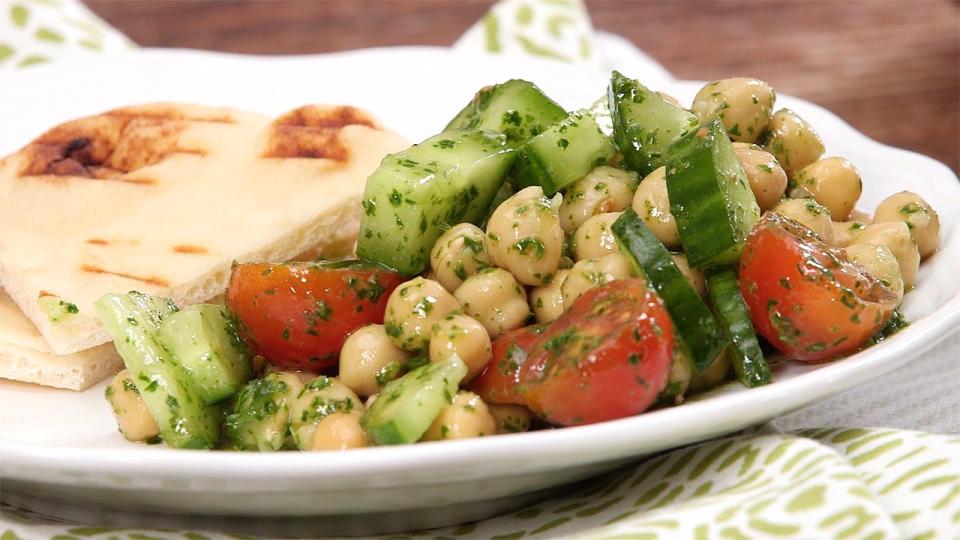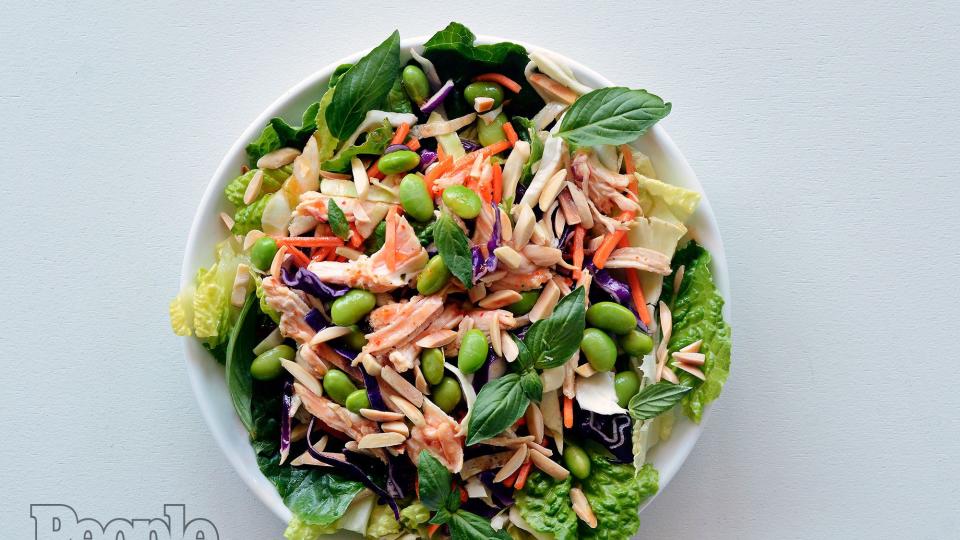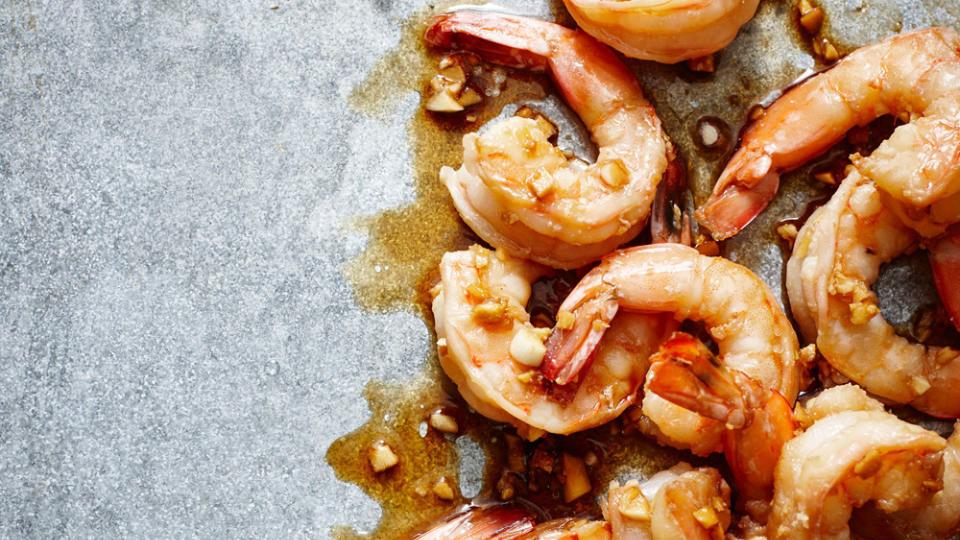Why Snack Breaks Are the New Lunch Breaks

Christopher Testani
For years, people have been chronicling the demise of the lunch break—and that's probably not a great thing.
Research from 2015 shows that only one in five people are leaving their work desks for lunch, with most opting to eat in front of their computer screen. But despite one's intentions to be more productive (or at least appear that way to your coworkers), this can actually have the opposite effect.
"Breaks can serve to allow your mind to rest and therefore recharge to apply yourself again, to restore from fatigue from applying yourself for a long period of time," Gail Saltz, Associate Professor of Psychiatry at the New York Presbyterian Hospital, tells PEOPLE. "There's something to be said for a change of environment, and going to a more pleasant place."
But even when we know that taking a break is inherently good for us, it can still be difficult to tear ourselves away for an hour—or even half an hour—and truly turn off. Further, the stress of shirking your responsibilities (or anxiety of giving that appearance) for an extended period of time can make this whole exercise counterproductive.
RELATED: How Celebrity Chefs Are Going Beyond Soup Kitchens to Fight Hunger
In a modern work environment, perhaps there is a more manageable option: the snack break. Rather than leaving your desk for one long chunk of time, break it up into three smaller, 10-20 minute intervals, during which you can actually disconnect and recharge for a bit.
This can be effective not only from a psychological standpoint, but also from a nutritional one. The benefits of eating smaller, more frequent meals as opposed to three large ones have often been touted—with celebrities like Khloè Kardashian, who eats seven meals a day, following the plan.
"It's energizing — you never feel too bogged down or groggy from overeating," Dawn Blatner, registered dietician and author of The Flexitarian Diet, tells PEOPLE. Further, it's easier to control your appetite. "You won't feel starved, which can lead to overeating," she says, adding that it's "easier to resist temptations in the office when your blood sugar levels never get too low."
Blatner also emphasizes the importance of being mindful while you eat (i.e., not staring at your computer screen). "America is obsessed with what foods you are eating, and actually other countries are way more concerned with the vibe of eating." She continues: "So many people eat while they're distracted. When it's mindless, there's less satisfaction with your food, which can cause you to eat more. Stopping what you're doing to eat will help with the low satisfaction and distraction."
And if it's a flatter stomach you're after, spending more time with your food may be the answer. "The cause of bloating for many people is because they're not chewing their food," she says. "They're eating too much and they're eating way too fast. Digestion begins in your mouth."
Still, Blatner emphasizes that you should be cautious if you're eating so frequently. "The calories can easily add up, and you can overeat," she says. Further, there's a difference between having smaller, thoughtful meals and "grazing"—which is "where you're eating literally whatever is around," and goes back to the mindless eating issue. She recommends you stick to food that will energize you and fill you up: vegetables and fruits—which are full of water, and will hydrate you—whole grains and protein.
Ready to start mindfully snacking? Below, we've come up with three days' worth of easy options for giving this plan a try.

Snack 1: Tzatziki and Carrots
Take a container of non-fat yogurt and add grated cucumber, minced or grated garlic, lemon juice and chopped fresh dill. Add a pinch of salt, stir and eat with baby carrots.
Snack 2: Chickpea Tabbouleh
Our no-cook recipe only takes 5 minutes to whip together and can be made ahead of time, so just make it the night before then pack it up and bring it work. A proper snack size is about one quarter of the recipe, and the rest will keep in the fridge for up to five days. Serve with a wedge of whole wheat pita, if desired.
Snack 3: Chili-Roasted Cashews
Roasting cashews deepens their flavor, and this quick recipe has the added kick of chili powder. Make a big batch at the beginning of the week and portion it into about 1/4 cup for proper snacking size.

Randy Mayor
Snack 1: Sweet & Sour Apple Slices
Take an apple, cut it into wedges, squeeze with lemon juice and sprinkle with flaky sea salt.
Snack 2: Shredded Chicken Salad with Sweet Chili Vinaigrette
Using storebought rotisserie chicken and chili vinaigrette are a major time savor for this recipe, which can be easily assembled at work and clocks in at just 268 calories.
Snack 3: Peanut Butter Chocolate Pretzels
Make a big batch of these salty-sweet treats from Cooking Light — kids will love them, and at under 150 calories per serving, you won't feel guilty for having them as an afternoon snack.

Snack 1: Edamame Hummus
This make ahead dip is perfect to bring to satisfy your mid-morning hunger. Serve with pretzel chips and snap peas.
Snack 2: Ginger Shrimp
At just 87 calories per serving, these Asian-style shrimp are a great lunchtime protein punch. Make it the night before and serve chilled on a bed of greens with fresh chopped veggies for a heartier meal. The sauce from the shrimp will basically create its own salad dressing.
Snack 3: Strawberry-Hazelnut Graham
Take graham crackers and smear with chocolate-hazelnut spread and top with sliced fresh strawberries.
For more ideas, check out this list of healthy snacks you can whip up while you're at work.